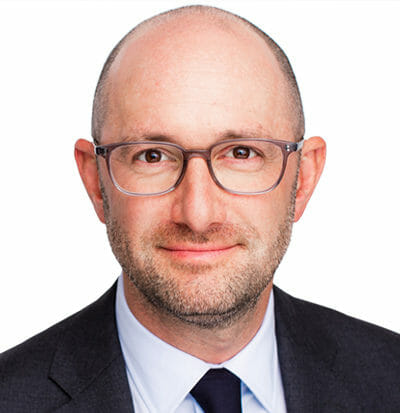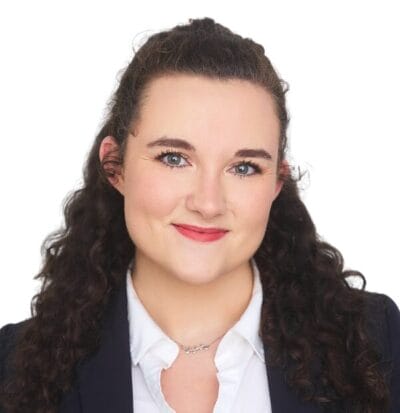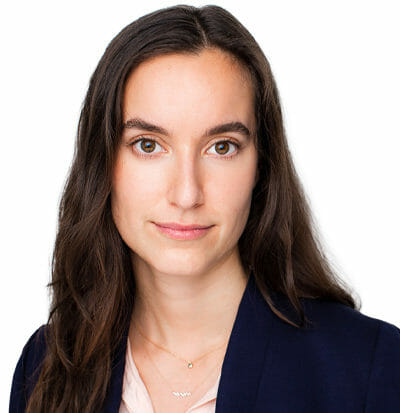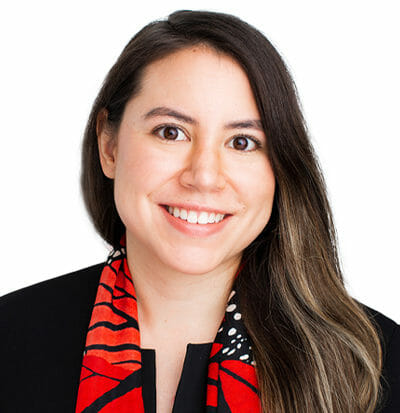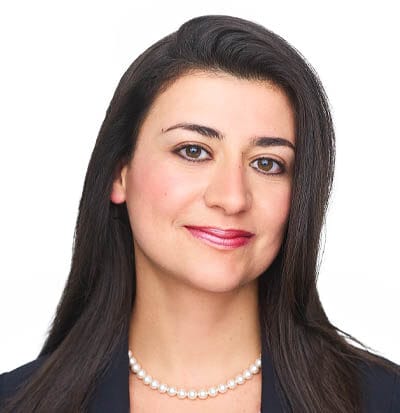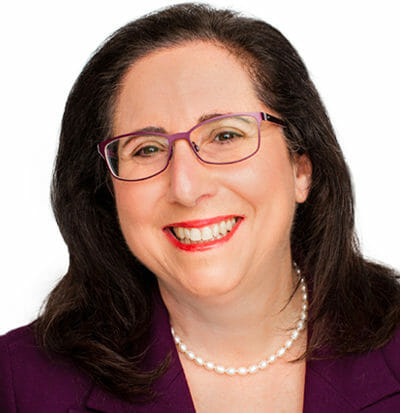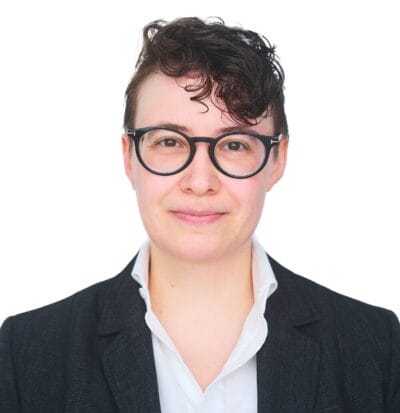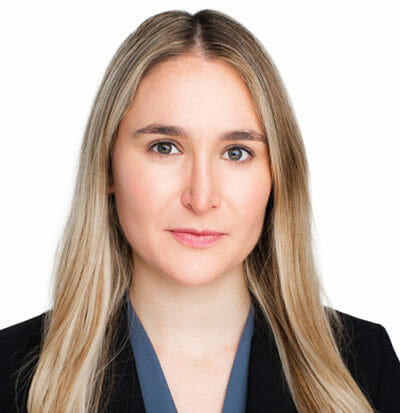A new Law on Trademarks came into force on June 19, 2019 in Turkmenistan. The most salient features of the new law are noted below:
- Definition of Trademark: The definition of “trademark” has been expanded to include “verbal, graphic or 3D” designations of any color or color combination, or a combination of such signs, but without reference to non-traditional marks (which are likely to be rejected). Turkmenistan had not previously registered so-called non-traditional marks, with the exception of color marks, in that color combinations were perceived as figurative and thus were registered under prior practice. In the current context, however, non-traditional marks are viewed as those that are not “visually perceived,” such as sound, taste and smell. Under the new law, such marks are likely to still be rejected. That said, the new law does not exclude registration of colors (most likely in combination with graphic elements) as well as three-dimensional marks.
- Specifications of goods and services: Class heading specifications will only cover the specific goods noted therein; accordingly specifications must reflect the actual goods and services for which coverage is desired. With respect to applications and registrations already on file, however, there is no need to amend the goods and services to assure coverage for all goods covered by a particular class.
- Grounds for refusal: Substantive grounds for refusal will now include marks that are identical or confusingly similar to (a) terms included in the list of International Nonproprietary Names for Pharmaceutical Substances and Active Pharmaceutical Ingredients by the World Health Organization; (b) names of states, international organizations, etc. and words derived from them absent permission from the relevant authority; and (c) characteristics of goods or services, including type, quality, quantity, purpose, value, time, place and method of production (previously allowed as unprotected elements).
- Term for submission of documents: The term for submission of all documents (including Powers of Attorney, translations of the list of goods and services, priority documentation and the like) has been expanded from two to three months from the filing date, with an additional three-month extension available upon request upon payment of an official fee for each month. Such expanded period does not apply, however, to payment of the official fee.
- Registration and Publication: Formal examination takes place within three months of filing. Full substantive examination, including for absolute and relative grounds, should take place within 7-12 months of filing (for accelerated examination 20 days from completion of initial formal examination). Assuming there are no office actions, the mark is registered and published. Publication generally occurs within 6 months of registration of the mark in the state register. We note that, overall, the total length of time from filing to registration has been running about 11-13 months.
- Accelerated examination: The new law provides for accelerated substantive examination, to be conducted within 20 working days from completion of formal examination, subject to filing a request and payment of a fee. We are advised by one source that, upon request, expedited examination generally should take 7 months from filing, and that it is not clear that the above 20-day period will be available to foreign applicants. Fees for expedited examination have not yet been established.
- Objections to applications: Upon publication, any interested party may object to registration before a mark is registered, upon payment of a fee.
- Term of protection: Applications filed before November 5, 2008 will be valid for 10 years from the registration date; for applications filed after that date, the 10-year term will be calculated from the filing date.
- Non-use period: A registration may be cancelled based on non-use during the three years before the filing of a request for cancellation (prior law provided for any three-year period from the date of original registration).
- Special Registration Protection of Well-known Marks: The prior provision for special registration protection of well-known marks has been eliminated. We note that under prior legislation, trademark owners could file applications for recognition of a well-known mark upon submission of substantial evidence (similar to the existing practice in the Russian Federation). Since there was only one application throughout the entire period in which these provisions were in place, these provisions were omitted from the new law. Accordingly, owners of well-known marks should consider filing as broadly as reasonably possible, bearing in mind, of course, the three-year non-use cancellation period.









